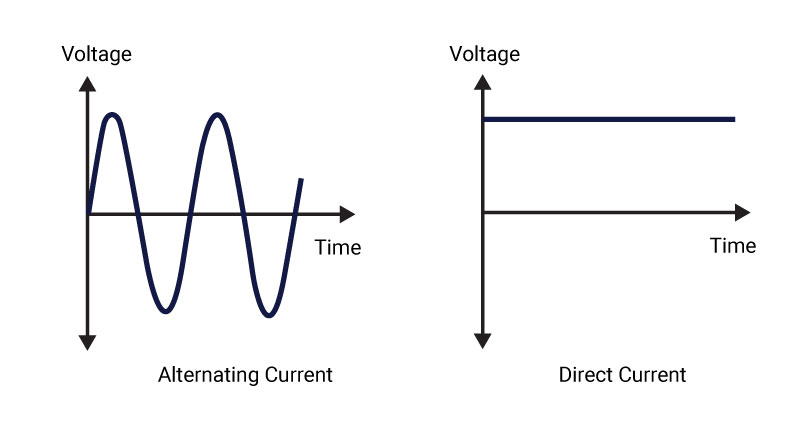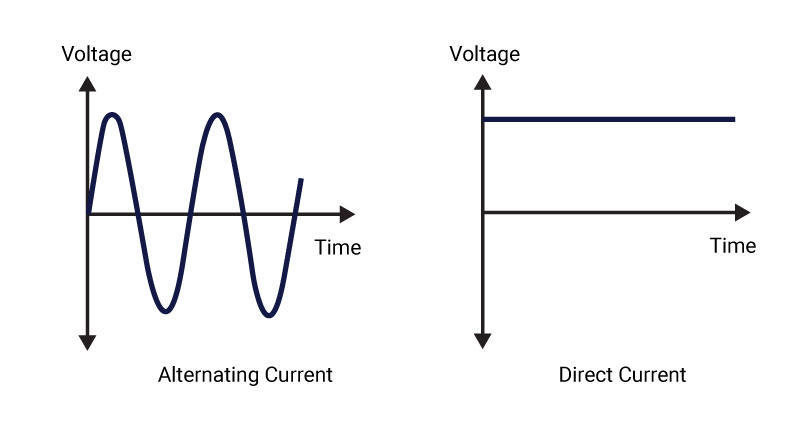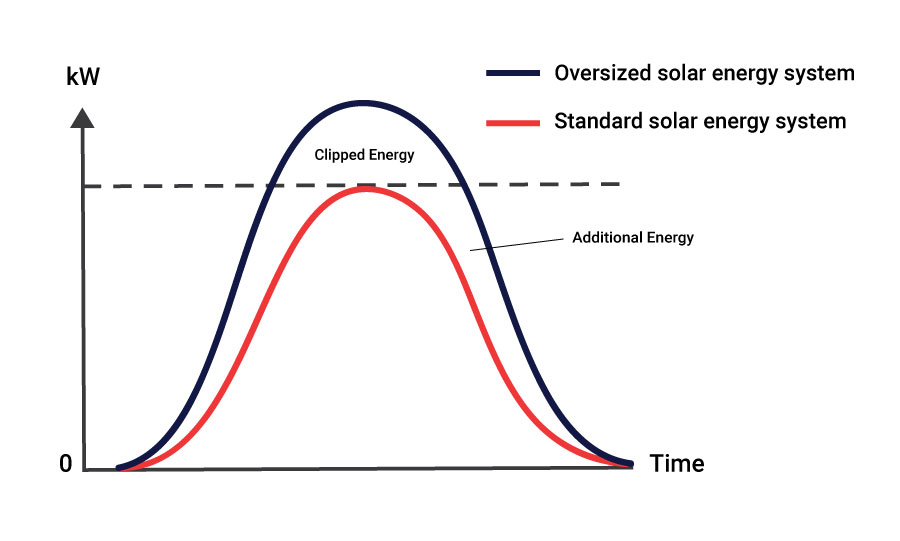Our solar energy glossary offers a collection of key terms and phrases, explained simply and concisely.
Accessibility Menu
Close Accessibility
In the context of energy storage, a battery is a device that is used to store electrical energy using reversible chemical reactions. A battery is charged by passing a current through it in one direction and is discharged by changing chemical energy back into electrical energy in the opposite direction.
Batteries store energy in DC form, and have a positive and a negative terminal. In a solar PV system, inverters then convert the DC current to AC for general use. When selecting a battery for a PV system, a number of factors should be considered: (a) battery capacity should meet the household’s demand and the PV system’s production rate so that energy is not lost (b) the battery’s charging and discharging rate should be fast enough to meet energy needs (c) the battery should be warranted for outdoor and indoor installation.
The total amount of electrical energy a battery can store. Because many batteries can be damaged if they are completely discharged, a battery’s capacity is usually higher than its usable capacity. Battery capacity is measured in kilowatt hours (kWh), which shows how much total energy the battery can provide.
Both the total energy, and useable energy will be shown in kWh on the specification, or data sheets.
This refers to the way in which solar inverters are coupled with a battery. AC coupling converts solar energy to AC before converting it back to DC for battery storage. This results in lost energy. With DC coupling, the inverter directs energy directly from solar panels to the batteries without converting it. DC coupling has advantages that include fewer power conversions, higher efficiency and the ability to support PV oversizing. AC coupling can also add development time and cost to a project.
DC current is the flow of electric charge in one direction. This type of electricity is produced by batteries and solarpanels, also known as panels when the sun’s rays hit them. The inverter converts DC into Alternating Current (AC) electricity to be used around the home.

The utility infrastructure that is responsible for the transmission and distribution of electricity to consumers.
The family of SolarEdge inverters that is 25% smaller than the standard inverter and has 99% efficiency and an oversizing of 155%. SetApp enabled HD-Wave inverters do not have an LCD screen, and instead are remotely accessed using SetApp.
A unit of energy or power measured over a period of time. We are charged by the utility company as an amount per kWh. E.g. the amount of power that ten 100W lightbulbs use in one hour is 1kWh.
The National Electrical Code is a standard that governs safe installation of electrical wiring and equipment in the United States.
It includes the latest rapid shutdown requirement stating that conductors around the solar array must be de-energized to 30V or less within 30 seconds of initiating rapid shutdown, and that the system must be shut down within 1’ of the solar array in all directions.
Note: This is not a recognised regulation in the UK. At present it is the only standard globally.

PV inverters were originally developed to convert direct current (DC) generated by PV panels to alternating current (AC) for use in the home or to feed into the grid. One of the most common types of inverters is a string inverter, which performs both conversion and MPPT at the string level.
Standard string inverters offer limited monitoring possibilities, create energy losses, limit design flexibility, and in some regions require the installation of additional safety hardware. Other types of inverters available are DC-optimised inverters and micro-inverters.
In recent years the role of the PV inverter has expanded into smart energy management, including storage, grid interaction, home energy, EV charging, monitoring, safety and more.
The mounting system used to affix solar panels to the roof, building surface or ground.